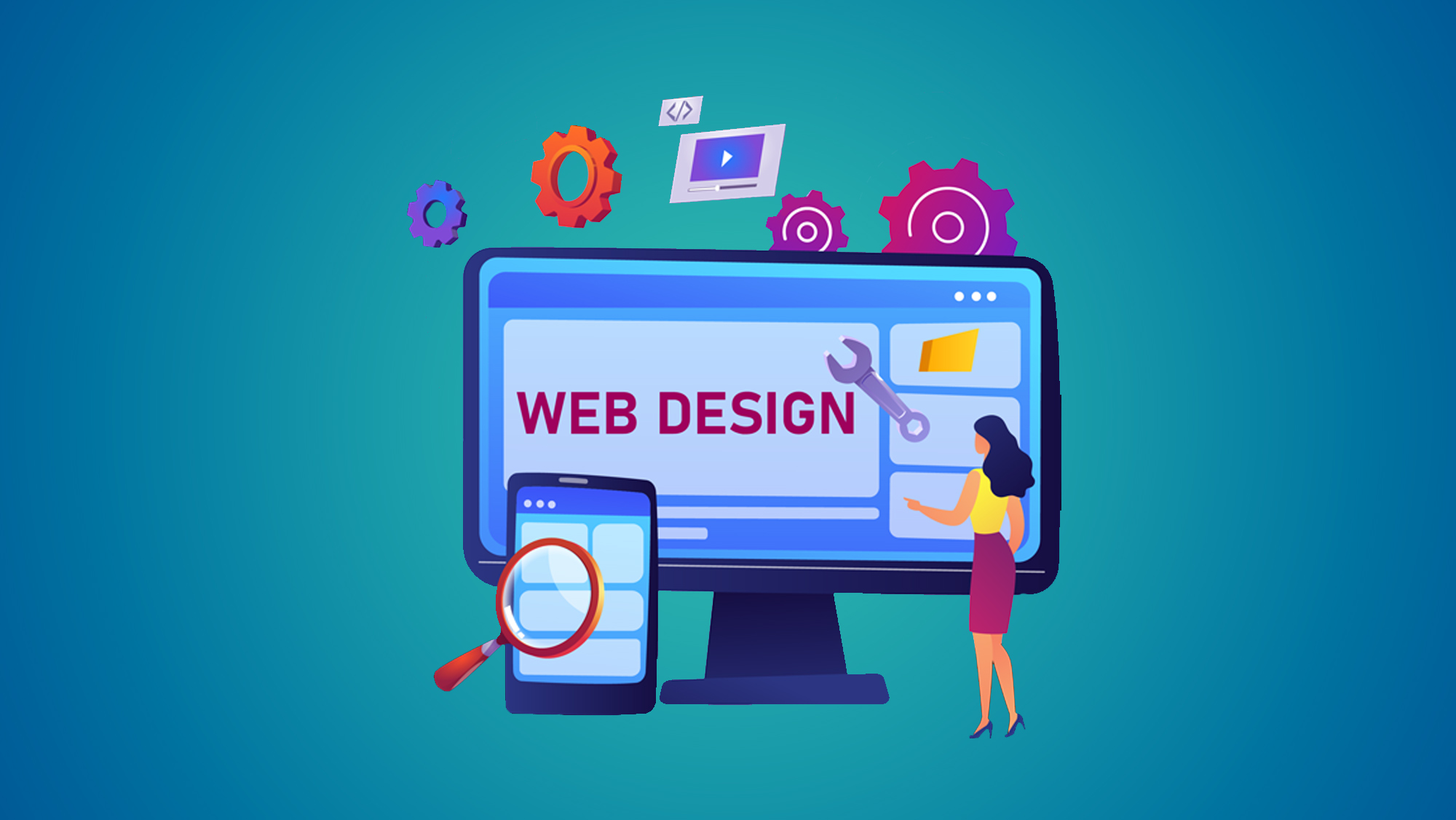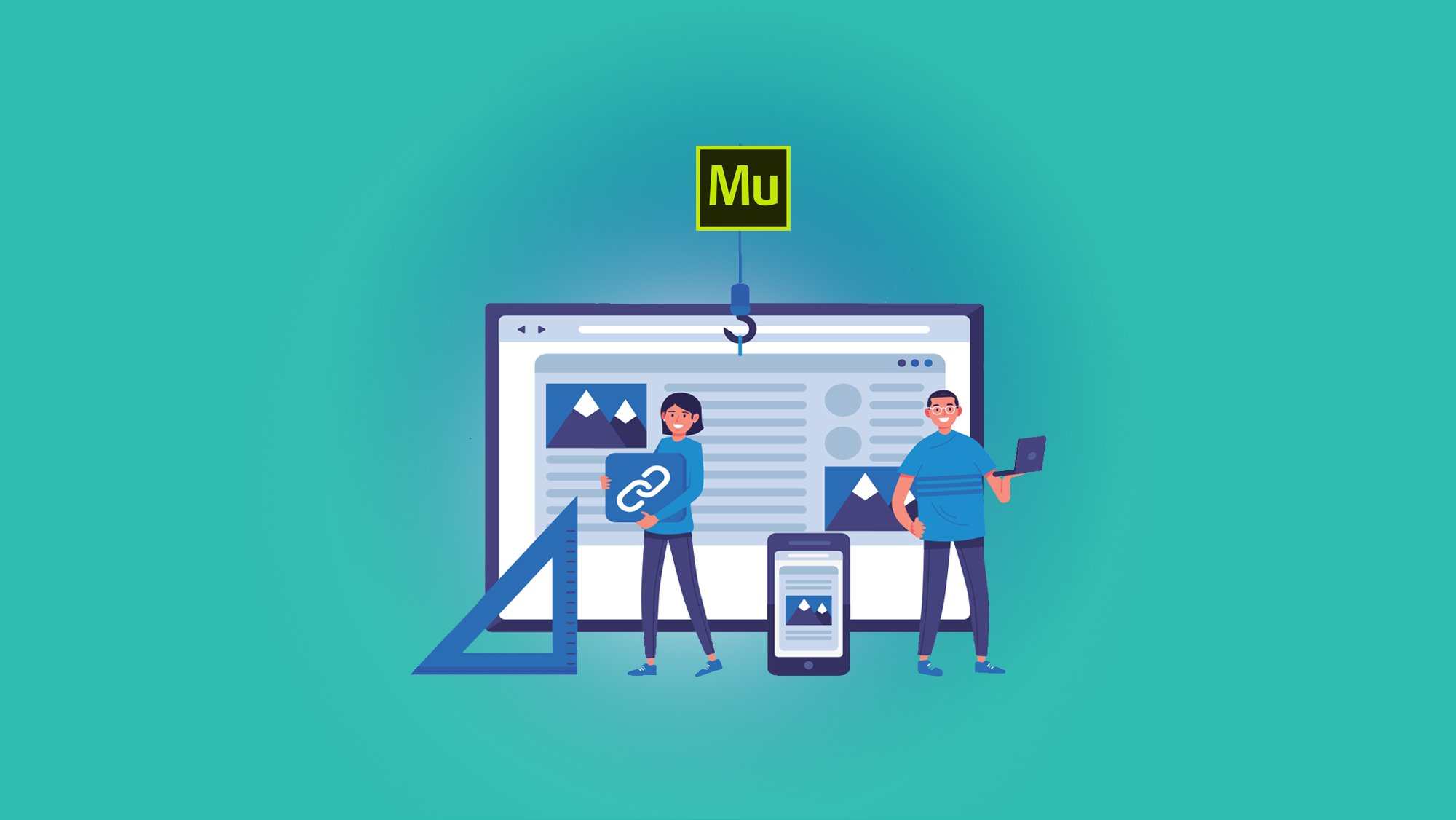Unlocking Your Potential: Steps to Mastering Web Design Skills
Introduction:
In today's digital age, the art of web design holds incredible significance. A well-designed website not only captivates users but also enhances user experience and contributes to a brand's credibility. Whether you're a beginner or an aspiring professional, mastering web design skills can unlock a world of opportunities. In this blog, we'll guide you through the essential steps to help you achieve web design mastery and unleash your creative potential.
1. Embrace the Fundamentals
Before diving into complex design concepts, it's crucial to establish a solid foundation. Understand the principles of design, including layout, color theory, typography, and visual hierarchy. These fundamentals serve as the building blocks for all your design endeavors.
2. Learn HTML and CSS
Web design starts with a strong grasp of HTML (Hypertext Markup Language) and CSS (Cascading Style Sheets). HTML provides the structure of a webpage, while CSS controls its presentation and styling. Online tutorials, interactive platforms, and coding courses can help you master these essential languages.
3. Explore Responsive Design
With the rise of mobile devices, responsive design is non-negotiable. Learn how to create websites that adapt seamlessly to various screen sizes, ensuring a consistent user experience across devices. Dive into media queries, flexible grids, and responsive frameworks like Bootstrap.
4. Study User Experience (UX) Design
A successful web design is one that prioritizes the user's needs and expectations. Delve into UX design principles, usability testing, and user personas. Understand how to create intuitive navigation, user-friendly interfaces, and a smooth overall experience.
5. Grasp Design Tools
Familiarize yourself with design tools like Adobe XD, Figma, or Sketch. These tools streamline the design process, allowing you to create mockups, wireframes, and prototypes efficiently. They also facilitate collaboration with developers and other stakeholders.
6. Build a Portfolio
Practice makes perfect, and a portfolio showcases your growth and skills. Create a portfolio website to display your projects, experiments, and personal branding. This not only demonstrates your abilities but also serves as a living testament to your progress.
7. Learn About Color and Typography
Colors evoke emotions and influence user perception, while typography impacts readability and aesthetics. Study color psychology, contrast, and accessibility guidelines. Experiment with typefaces and their pairings to create visually appealing and harmonious designs.
8. Stay Updated with Trends
Web design trends evolve rapidly. Follow design blogs, online communities, and platforms like Behance and Dribbble to stay current with industry trends. This exposure will help you understand design aesthetics and adapt to changing user preferences.
9. Practice Consistently
The path to mastery requires dedication and practice. Regularly undertake design challenges, recreate existing websites, and conceptualize new projects. The more you practice, the more you'll refine your skills and develop a unique design style.
10. Seek Feedback and Collaboration
Don't hesitate to share your work with peers, mentors, or online communities. Constructive feedback can offer fresh perspectives and highlight areas for improvement. Collaborating with others on design projects can also expose you to diverse approaches and techniques.
11. Experiment and Innovate
Don't be afraid to push boundaries and experiment with new ideas. Innovation often stems from daring to try something different. Explore unconventional layouts, interactive elements, and creative animations to set your designs apart.
12. Never Stop Learning
Web design is a field that's constantly evolving. Stay curious and committed to continuous learning. Enroll in advanced courses, attend webinars, and read books on design theory to deepen your knowledge and broaden your skill set.
Conclusion:
Mastering web design is an ongoing journey that requires patience, dedication, and a genuine passion for creating captivating digital experiences. By following these steps, you'll not only acquire the technical skills but also develop an artistic eye and a user-centric mindset. Remember, each project you embark upon is an opportunity to refine your abilities and contribute to the ever-evolving landscape of web design. So, dive in, explore, and watch your creative potential flourish!
You May Also Like
These Related Stories

Mastering Web Design: Key Strategies to Create Stunning Websites

Mastering Adobe Muse: Essential Tips for Stunning Web Design




No Comments Yet
Let us know what you think